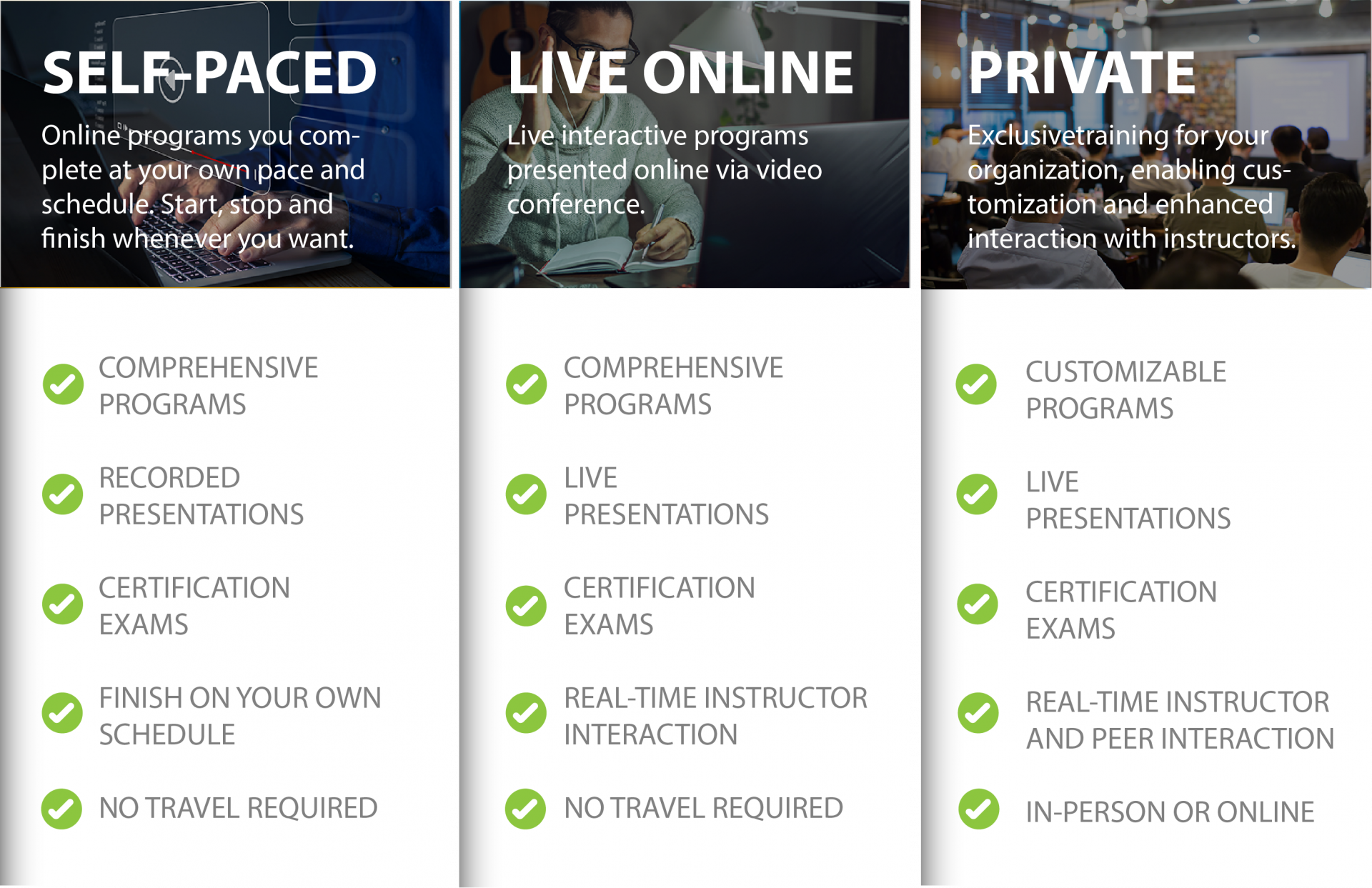The American Crime Prevention Institute has developed a unique nine (9) step process to guide law enforcement, crime prevention and security specialists in conducting effective security surveys, resulting in strategies to protect their constituents’ and client’s most critical assets. This week’s blog reviews steps 7-9 of the security survey process. Steps 1-6 can be found in our previous blog here.
While all facilities and situations will differ at least slightly, this document provides a guideline of areas that should be included in most Security Surveys. The surveyor, however, should adjust and tailor the process for their specific needs.
Step 7: Exit Briefing
The
Exit Briefing is the closing meeting of the Security Survey process after the
site survey has completed, documentation and information analyzed, and findings
documented. Invitees should include the
participants from the Pre-Inspection Briefing.
The project leaders should restate the purpose and objectives of the
Survey, provide information on areas of greatest concern and an overall summary
of major issues and recommendations.
Step 8: Survey Report
The Survey Report should address concerns and recommendations across the four (4) components of a security survey; environmental security, physical security, electronic security, and procedural security.
The Report should also address the five (5) methods to managing risk; risk avoidance, risk reduction, risk spreading, risk transfer, and risk acceptance.
The Security Report should contain, at a minimum, the following:
- Cover page
- Confidentiality remarks
- Table of Contents
- Part I – Overview (Introduction, acknowledgements, scope of work (across the four components)
- Part II – Security Risk Issues (External and internal)
- Part III – Finding and Recommendations: Non-Procedural (e.g., environmental, physical, electronic access control, video surveillance)
- Part IV – Finding and Recommendations: Procedural (e.g., visitor access, doors and locks, loading dock/deliveries, keys, corporate standards)
- Part V – Summary and Direction (Report evaluation and implementation recommendations, summary and conclusion, appendices)
Step 9: Report Submission
As part of the Exit Briefing, the project leadership will provide the final Report deliverable to their stakeholders for approval and sign-off. Report delivery may be face-to-face or virtual.
For more detailed information on each step of the Security Survey process, please visit https://acpionline.com for comprehensive online training and certification programs covering numerous aspects of security and crime prevention.


